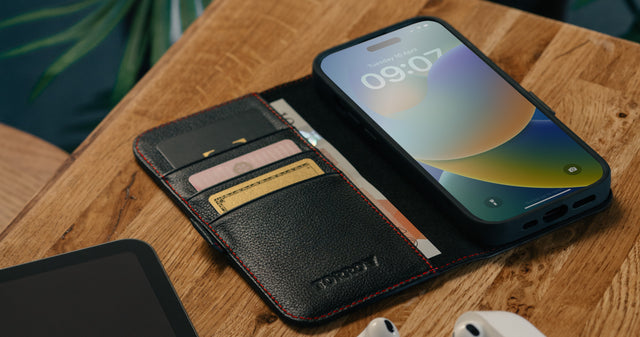Several months removed from the launch of the iPhone 15 series, we’re still finding new ways to get the most out of the latest iPhone range. As such, we’ve curated a list of notable features that you should be aware of to help use your iPhone 15 to its maximum potential.
Change Camera Resolution
All iPhone 15 models feature a 48-megapixel camera; however, they are set to take images at 24-megapixel by default. If you’re running short of storage space but still want to take some new images, you may want to change the resolution down to 12-megapixel. To do so simply go to Settings > Camera > Formats.
For 48-megal pixel images, you’ll want to follow the same steps as above and enable Resolution Control on an iPhone 15 or ProRAW and Resolution Control on an iPhone 15 Pro.
Once enabled, when opening the camera app, you’ll see an option to take an image in HEIF format on the iPhone 15 and HEIF or ProRAW on the iPhone 15 Pro. If you’re looking for an image to edit, then you’d want to opt for a ProRAW image, but if you just want to take a high-res image, then you should opt for a HEIF format as the file size is significantly smaller.
Set an 80% Charge Limit
For many generations of iPhone now, the general recommendation has been to aim to keep your battery between 20% and 80% where possible to prolong battery health. Without consistent monitoring of your battery charge throughout the day and/or while charging, this isn’t the most convenient thing to try and do.
As such, with iOS 13, Apple aimed to alleviate the pressure of this somewhat with the introduction of Optimised Battery Charging – so that the device would delay charging past 80% so that it spends less time fully charged. Though when charging your device overnight, for instance, it would still be sat at 100% charge each morning.
With the iPhone 15 series, Apple have now introduced an option to limit charging to 80%, meaning your device won’t charge beyond that. To activate this, go to Settings > Battery > Battery Health & Charging > Charging Optimisation > Select 80% Limit. This will limit charging your battery to 80% to help prolong the lifetime of the battery.
Battery Cycle Count
Continuing the theme of battery health, the battery cycle count measures the number of times a battery has fully drained and recharged – this is one of the most important factors in determining how a battery may have aged, and whether it’s approaching the stage of needing replaced. For reference, an iPhone’s battery is designed to retain up to 80% of its full capacity at 500 complete cycles.
In older generation iPhones, you would have to enable iPhone analytics and then extract the right piece of information to check the cycle count. Now, with the iPhone 15, you can access this information significantly easier. Simply go to Settings > General > About where you will now find a new Battery section that will show you the manufacture date and first use date of the battery as well as the current cycle count. If you notice a significant drop off in battery performance, then can help identify when the battery may need replaced.
DisplayPort Protocol
Prior to the iPhone 15 series, an iPhone was only able to output 1080p videos to external displays through the lightning port. However, with the iPhone 15 now adopting a USB-C port, the output quality has improved.
Thanks to the DisplayPort Protocol, the iPhone 15 can output videos at 4k & 60 frames per second to an external display using USBC-3.1 or the Thunderbolt 4 cable. As a result, connecting your device to a larger display for displaying photos and videos or for gaming now comes at an increased level of quality compared to previous generations.
Reverse Charging
The enforced change from lightning port to USB-C on the iPhone 15 series also comes with further benefits. The introduction of USB-C to the iPhone means that additional accessories such as an Apple Watch or AirPods, can easily be connected to your device to allow for seamless charging.

